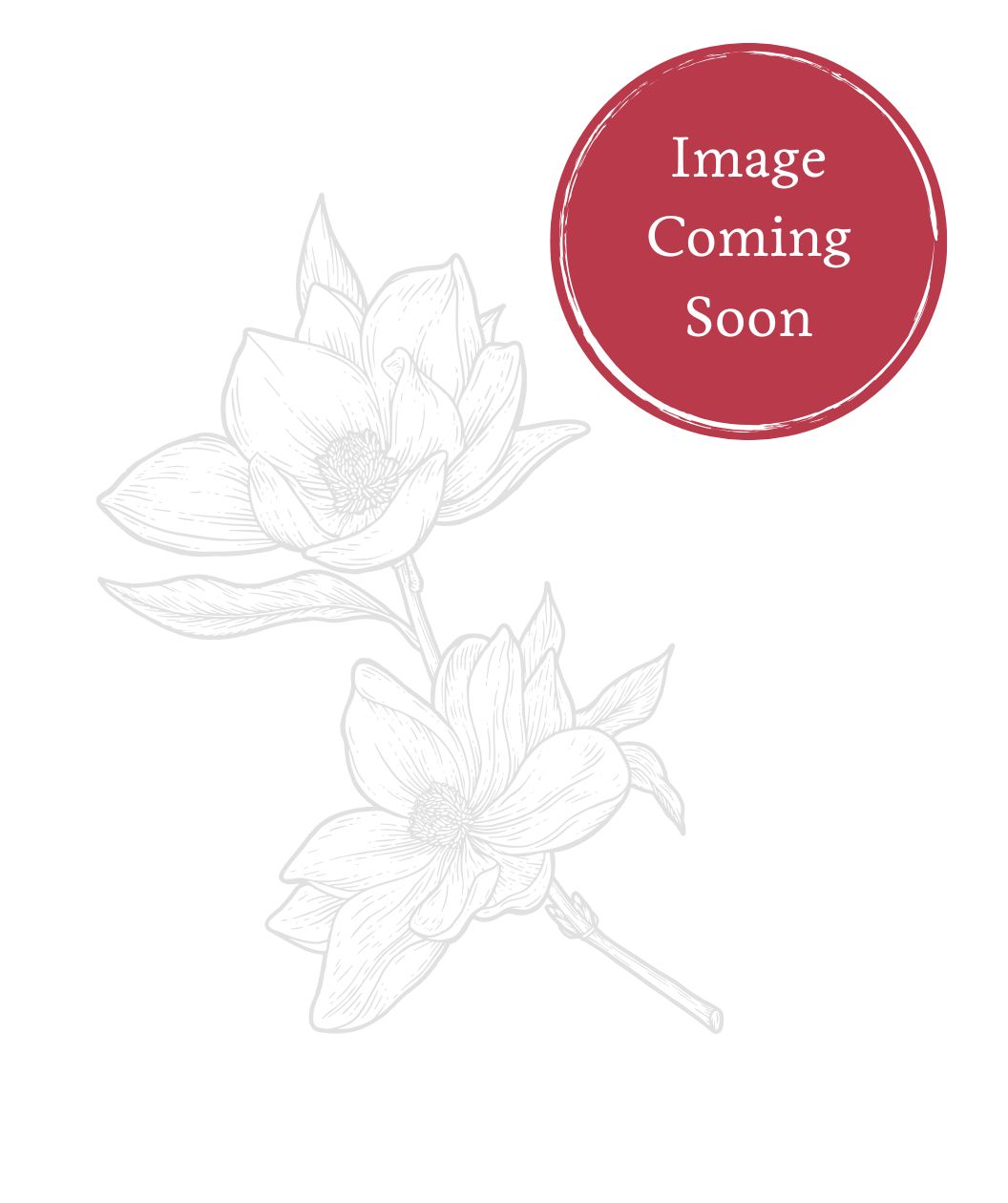A fragrant, evergreen-to-semi-evergreen tree with creamy white flowers and soft green foliage
FEATURES:
- Compact, upright habit with glossy green leaves
- Aromatic creamy white blooms from late spring to summer
- Semi-evergreen to evergreen depending on climate
- Thrives in wet or moist soils, including near water features
- Attractive to pollinators, birds, and wildlife
- Low-maintenance once established
- Ships on our trucks because of the size of the tree – does not fit in a box
Bower & Branch Landscape Design Tip
Combine Henry Hicks with flowering shrubs like azaleas or camellias for a layered, sensory-rich planting. Its upright form also pairs beautifully with ferns and ornamental grasses in naturalistic landscapes.
Growth Facts
- Hardiness Zone: 5-9
- Mature Height: 15-20' tall
- Mature Width: 10-15' wide
- Exposure: Full Sun to Partial Shade
- Spacing: 10-15' apart
A fragrant, evergreen-to-semi-evergreen tree with creamy white flowers and soft green foliage
FEATURES:
- Compact, upright habit with glossy green leaves
- Aromatic creamy white blooms from late spring to summer
- Semi-evergreen to evergreen depending on climate
- Thrives in wet or moist soils, including near water features
- Attractive to pollinators, birds, and wildlife
- Low-maintenance once established
- Ships on our trucks because of the size of the tree – does not fit in a box
Bower & Branch Landscape Design Tip
Combine Henry Hicks with flowering shrubs like azaleas or camellias for a layered, sensory-rich planting. Its upright form also pairs beautifully with ferns and ornamental grasses in naturalistic landscapes.
Growth Facts
- Hardiness Zone: 5-9
- Mature Height: 15-20' tall
- Mature Width: 10-15' wide
- Exposure: Full Sun to Partial Shade
- Spacing: 10-15' apart
Why plant Henry Hicks Sweetbay Magnolia?
How to use Henry Hicks Sweetbay Magnolia in the landscape?
Plant Henry Hicks Sweetbay as a specimen tree near patios, entryways, or water features where its fragrance and blooms can be fully enjoyed. It also works well in mixed borders, rain gardens, or along naturalized edges, offering soft structure and visual interest.
Frequently Asked Questions
It blooms from late spring into summer, producing creamy white, fragrant flowers that attract pollinators.
In warmer climates, Henry Hicks remains evergreen. In colder regions, it may drop some leaves, making it semi-evergreen.
Henry Hicks thrives in moist, well-drained soils and tolerates wet areas, making it ideal for rain gardens or near water features.





